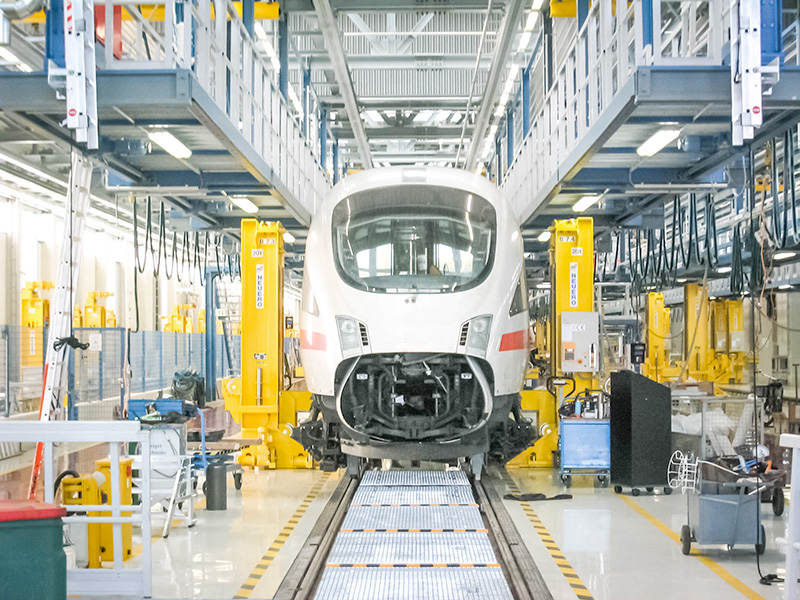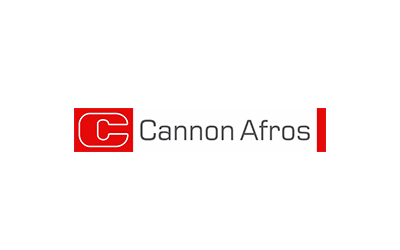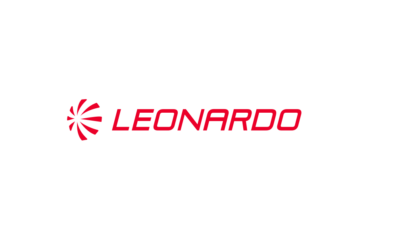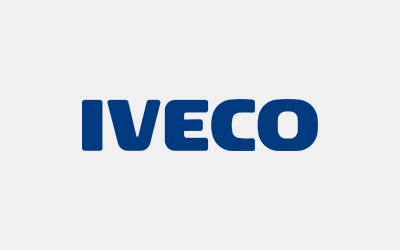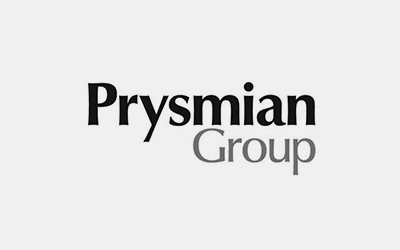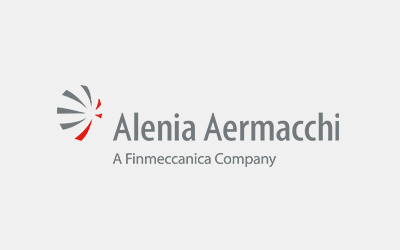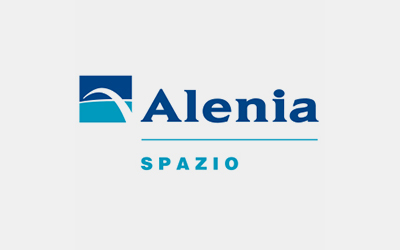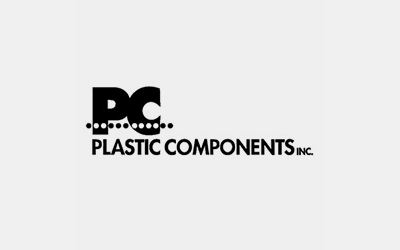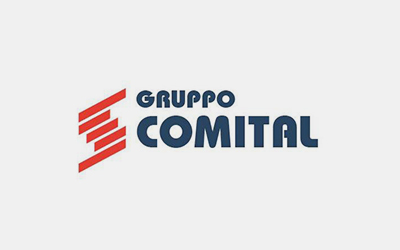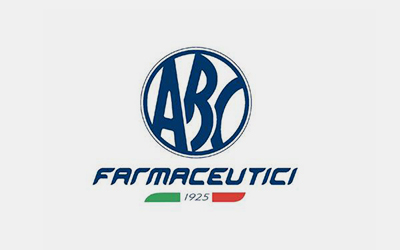Categories
Industrial suction systems are defined as those “systems” of ducts that combine the polluting source with a filtration unit and a ventilation group.
Each correctly sized suction system has the following elements, listed following the logical order of the system (from the pollutant to the outside):
- one or more air suction points located near the sources of pollution; normally realized by installing hoods or self-supporting arms.
- a network of ducts or suction pipes consisting of rigid tubes with circular or rectangular section, normally in galvanized sheet.
- a filtration and purification unit (if required by legislation) sized according to the type of fumes, dust or fumes to be filtered.
- a suction unit consisting of motor and fan, normally installed downstream of the filter so that it works with clean air.
- a line of rigid pipes in galvanized sheet metal or stainless steel for the expulsion of clean air in the environment outside the working room.
To properly decide which industrial suction systems are the most suitable for your needs, you need to make some considerations.
- Identify the type of operation/processing that requires suction or filtration
- Identify the type of pollutant that develops (smoke, dust, solvent, oily mist, etc.)
- Define initial technical data such as system location, suction points, required flow rate, fluid temperature, pollutant concentration and size
- Decide in advance what results you want to get.
Whatever your condition, our advice is to always rely on professional partners and experts, who will guide and advise you in the most suitable choice according to your needs.
